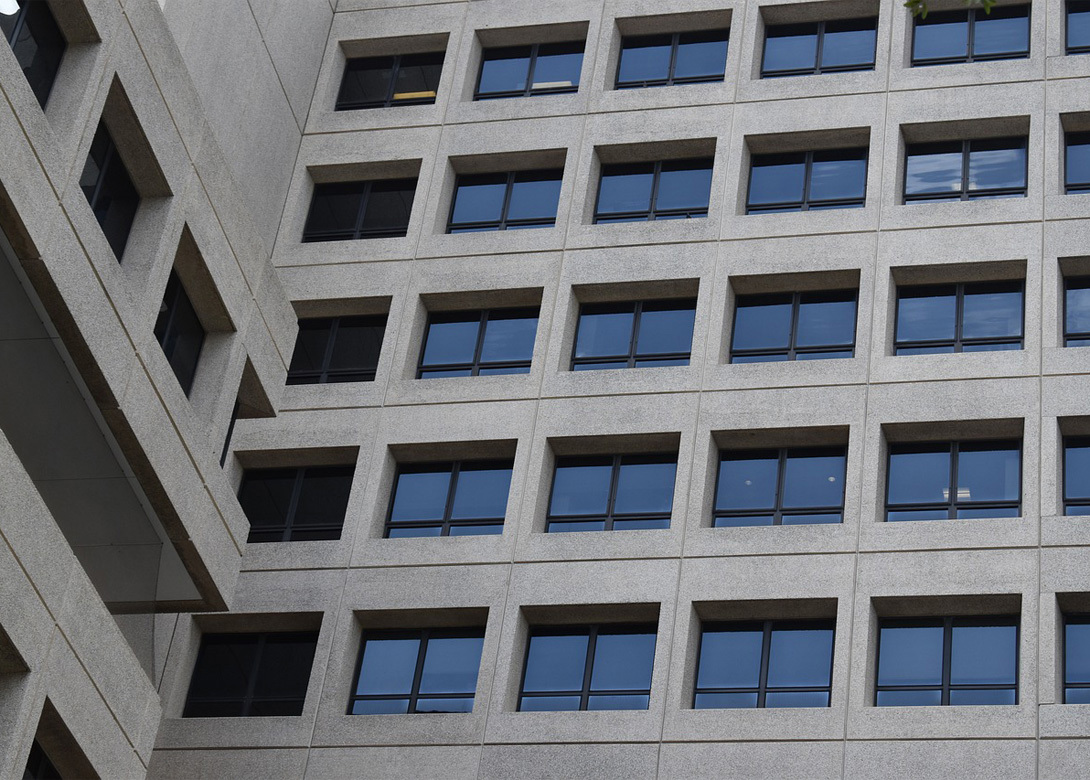
Stone materials, such as marble, granite and limestone, are prized for their beauty, durability, and aesthetic appeal – materials which are often used in architectural projects, interior design or landscaping. Here, Specialinsert Srl outlines the importance of ensuring safety and stability in fastening systems for stone materials.
Safety and structural stability
Fastening systems play a key role in safely securing stone materials to various surfaces, thus preventing accidents and ensuring the safety of people. A reliable fastening system avoids potential hazards, such as falling or detached slabs.
Additionally, stone materials can be heavy and, without proper fixation, may shift, sag or even collapse over time. Fixing systems provide essential support, distributing the weight evenly and maintaining the structural stability of stone elements.
Types of fastening systems for stone materials
Designers and architects are faced with a multitude of fastening choices, all of which offer different advantages:
- Mechanical anchors: Mechanical anchors, including expansion anchors, screw anchors and adhesives, are often used when fastening stone materials. Expansion anchors use friction and mechanical forces to create a secure fastening, while screw anchors provide stability through the plug. Adhesive anchors use epoxy resins or high-strength adhesives to securely fix the stone, offering excellent load-bearing capacity.
- Threaded undercut anchors: Undercut anchors for heavy stone panels consist of a threaded dowel inserted into a drilled, undercut hole in the stone. The dowel is then expanded by screwing, creating a strong hold. Undercut anchors provide reliable support by minimising the presence of visible fasteners on the surface.
- Clamps and brackets: Clamps and brackets are versatile fastening systems suitable for various stone applications. They are metal brackets or clamps that hold the stone firmly in place. Clamps are particularly useful for fixing stone panels to a support structure, while brackets can be used for installing worktops or clamping stone components together.
- Bonded threaded studs: Another method of fixing stone materials is through bonded threaded studs. They consist of a threaded rod and a bonding plate, which can be bonded using high-strength adhesives specifically designed for stone applications. This type of insert ensures a secure and permanent fastening, eliminating the necessity for traditional mechanical fasteners that require drilling holes in the material.
- Threaded bonding nuts: Similar to bonded threaded studs, threaded nuts are also employed for fixing stone materials. These nuts are components with an internal thread that can be adhered to the surface of the stone through their plate. The nuts can be glued securely using adhesives or epoxy, ensuring a strong and reliable fastening without the need for drilling holes in the stone.
- Threaded bonding bushings: Threaded bonding bushings also serve as fasteners for stone materials and offer the advantage of not requiring holes to be drilled in the stone. These bushings feature an internal thread that enables fastening of other components. Threaded bonding bushings provide a secure and stable fastening solution while preserving the integrity of the stone slab.
Installation methods and considerations
Consider the type of stone and the intended application before choosing compatible fastening systems. Factors such as weight, load capacity and environmental conditions need to be considered to ensure that the chosen fastening system can handle the project requirements. Additionally, proper surface preparation is critical to the successful installation of fasteners. Ensure that the stone surface is clean, dry, and free of debris or contaminants that could compromise the adhesion or engagement of fasteners.
The installation of fastening systems for stone materials requires specific knowledge and skills. Specialinsert recommends working with experienced professionals who understand the specific requirements of the project and can ensure proper installation techniques. Once construction is complete, regular maintenance and inspections are essential to identify any signs of wear, corrosion or loosening of fasteners. Prompt action must be taken to rectify any problems and prevent further damage or potential safety hazards.
Conclusion
Fastening systems for stone materials are critical to the safety, stability, and long-term performance of architectural and design projects. By choosing the appropriate fixing system, ensuring proper installation and conducting regular maintenance, the safety, durability and aesthetic appearance of stone materials can be improved. When it comes to stone fixing systems, prioritise quality, experience and reliable solutions to achieve the best results.

Becca is the latest member to join our team and is eager to get stuck into the world of fasteners. She brings an enthusiastic and fresh outlook on what we do editorially and will be leading our social media activity – including sourcing material, editing articles and posting online.






